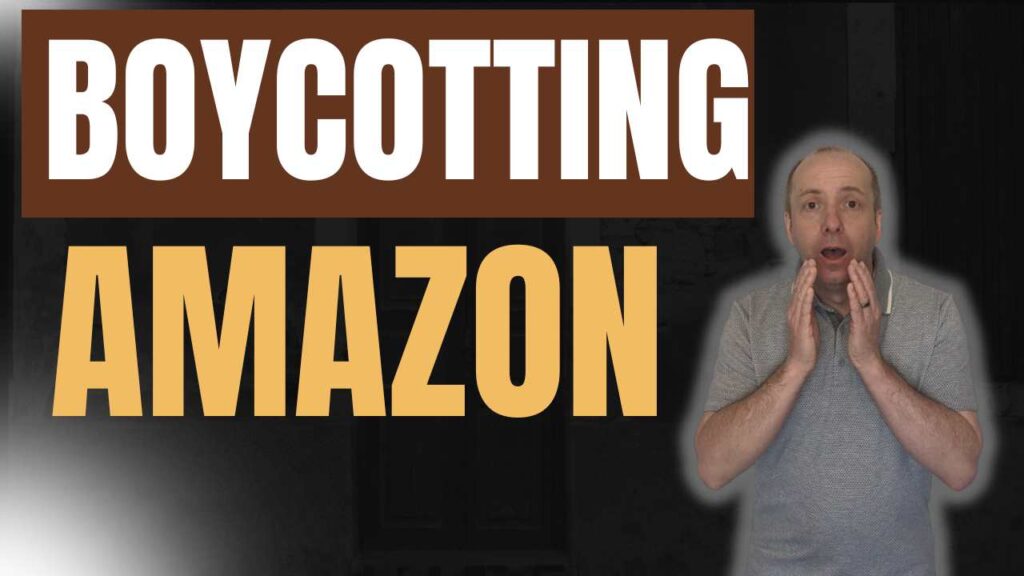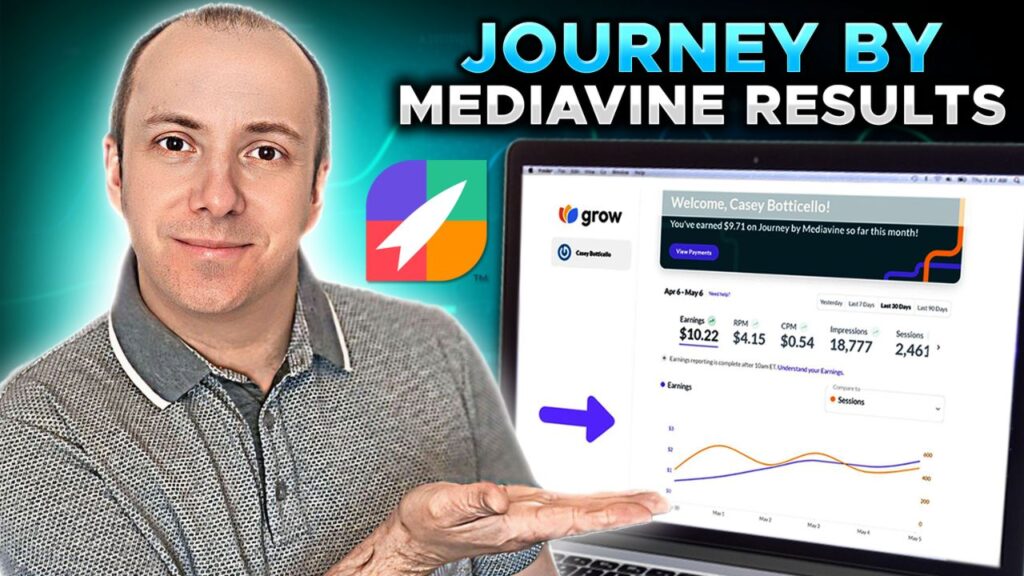Understanding the difference between reach and impressions is crucial for anyone involved in online marketing.
Reach represents the number of individual users who see your content at least once within a specific period. On the other hand, impressions account for the total number of times your content appears on a user’s screen, regardless of whether it’s seen multiple times by the same person.
Consider this example: if you post something on a Facebook page with 1,000 members, your reach might be 500, indicating that 500 unique people viewed the content.
The impressions could be much higher, as someone might see your post on multiple devices or platforms.
This can significantly increase the impression count. While both metrics are valuable, reach is typically more critical for ensuring your content is seen by new people, whereas high impressions can be essential for targeted campaigns where repeated exposure to the same user might lead to engagement or sales.
Key Takeaways
- Reach counts unique user views within a timeframe.
- Impressions total how often content appears on the screen.
- Both metrics are essential for different campaign goals.
Explaining Reach and Impressions
Reach and impressions are key terms when discussing online content. Reach refers to the number of unique individuals who view your content once within a specific time frame. If you have a Facebook page with 1,000 users and your post is seen by 500 people, your reach is 500.
Impressions, on the other hand, track the total number of times your content appears on screens.
This number can be much higher than reach because it counts all views, including multiple views by the same person. For example, someone might see your post on their phone and then on their laptop, adding to the total impressions.
Here’s a quick comparison in a table:
| Term | Definition |
|---|---|
| Reach | Unique users who see your content at least once. |
| Impressions | Total number of times your content is displayed, including repeated views by the same user. |
While impressions indicate how often your content is shown, reach measures how many distinct people have seen it.
Prioritizing which metric to focus on can depend on your goals. If unique viewers are more important, keep an eye on reach.
However, if you want repetitive exposure to the same viewers, such as in a sales campaign, impressions might be your priority. Both metrics have their importance in different contexts.
Estimating Audience Reach
When you’re trying to measure how many people see your content, you focus on two main numbers: reach and impressions.
While impressions give you an idea of how often your content is displayed, reach is crucial for knowing the actual audience size.
You aim for new people engaging with your content rather than one person seeing it repeatedly.
Yet, if you’re running a sales campaign, you might prioritize impressions too. The more times a potential customer sees your message, the better the chance they might engage further, like making a purchase. The balance between these numbers can guide your strategy.
Always aim for a healthy mix, ensuring you’re expanding your audience while also getting enough repeated interactions with key viewers.
If you know someone is a potential customer, you want that content to be shown to them as many times as possible until they purchase. So, impressions would be a key metric in that instance
Monitoring Views
When thinking about the difference between reach and views, the unique aspect of each comes to light. While reach considers the number of individual people who see your post, views keep track of how many times your post appears across all screens for users.
To visualize how views work, imagine a scenario with a Facebook page followed by 1,000 users. If you post content there, your reach might be 500. This means 500 unique users have seen your post at least once.
But, if each person checks the post multiple times on different devices, the number of views goes up. A single person could view the content once on a phone and several times on a computer, adding up to six views just from one person.
Key Differences:
- Reach: Unique people who see your post
- Views: Total times your content is shown
Generally, you can expect views to outnumber reach. Views become particularly important when you have a key audience member. If targeting a specific person for a sales push, high views can be crucial. You want that content to keep showing up, encouraging interaction and potentially leading to a conversion.
Both numbers matter in different contexts. While new eyes on your content are valuable, showing the same content to a critical viewer repeatedly can also be beneficial, especially in targeted campaigns.
How Using Many Devices Changes How Often People See Your Content
Using different devices means your content might get seen more often by the same person. For instance, someone might log in from their phone, their tablet, and their computer, all in one day.
This increases the number of times your content is shown, known as impressions. Even if just one person sees your post from different devices, each view counts as a separate impression.
Impressions can add up quickly. Imagine one person logging in multiple times on several devices.
This situation shows that impressions might outnumber the count of unique viewers who see your post. The idea is that every time your content shows up on any screen, it adds to the impressions count.
If you’re trying to boost sales, you might want your message seen many times by potential buyers.
This repeated exposure can make them more likely to click or make a purchase.
So, while it’s good to reach new audiences, having high impressions can be just as important.
When More Impressions Are Crucial
Understanding reach and impressions is important for effective content strategy.
High impressions matter, especially in sales campaigns. If there’s a specific customer you want to target, you would want your advertisement to show up repeatedly for them. This increases the chance they will eventually engage.
High impressions help keep your content top-of-mind for potential buyers.
Both reach and impressions are important in their own ways. Reach defines unique views, and impressions help you understand how often your content is being presented to potential viewers.
Choosing Important Metrics for Campaigns
The Importance of Audience Reach
When planning any campaign, knowing how many unique individuals see your content is crucial. This measure is known as “reach.”
It tells you how many different people have come across your message, even if they’ve only seen it once. With reach, you get a better sense of how many people your campaign has potentially influenced or engaged during a specific period.
Final Thoughts
When thinking about reach and impressions, it’s important to know their difference. Reach tells you how many individual people see your content at least once during a specific period. On the other hand, impressions are all about the total times it shows up on users’ screens.
I hope this clarifies the difference for you. If you found the information helpful, consider liking the video and subscribing to the channel. See you next time!







